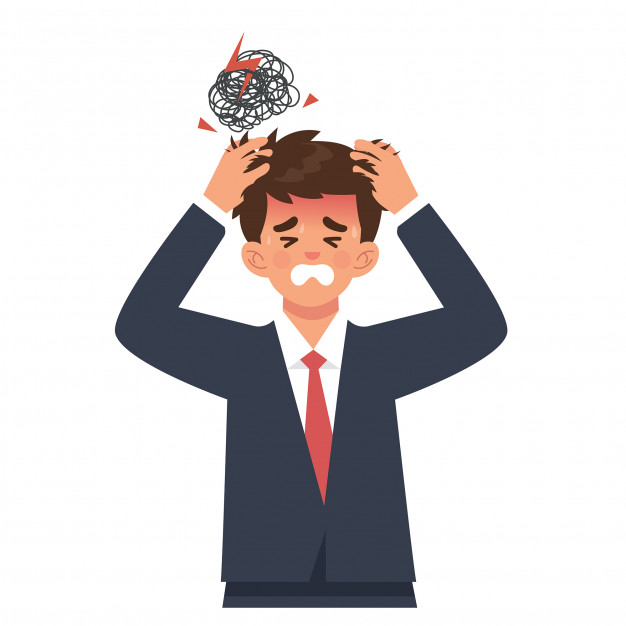Borderline Personality Disorder

Symptoms of borderline personality disorder (BPD)

The symptoms of BPD can be grouped into 4 main areas…

- emotional instability – the psychological term for this is affective dysregulation.
- disturbed patterns of thinking or perception – cognitive distortions or perceptual distortions.
- impulsive behaviour.
- intense but unstable relationships with others.
- The symptoms of a personality disorder may range from mild to severe and usually emerge in adolescence, persisting into adulthood.
Causes of borderline personality disorder (BPD)

The causes of BPD are unclear. But as with most conditions, BPD appears to result from a combination of genetic and environmental factors.
People with BPD come from many different backgrounds, but most will have experienced some kind of trauma or neglect as children.
When to get medical advice…

If you’re experiencing symptoms of BPD, make an appointment with a GP.
They may ask about…

- how you feel
- your recent behaviour
- what sort of impact your symptoms have had on your quality of life
This is to rule out other more common mental health conditions, such as depression, and to make sure there’s no immediate risk to your health and wellbeing.
Treating borderline personality disorder (BPD)

Many people with BPD can benefit from psychological or medical treatment.

Treatment may involve a range of individual and group psychological therapies (psychotherapy) carried out by trained professionals working with a community mental health team.
Effective treatment may last more than a year.
Borderline personality disorder (BPD) is a disorder of mood and how a person interacts with others. It's the most commonly recognised personality disorder.
In general, someone with a personality disorder will differ significantly from an average person in terms of how he or she thinks, perceives, feels or relates to others.
Over time, many people with BPD overcome their symptoms and recover. Additional treatment is recommended for people whose symptoms return.
